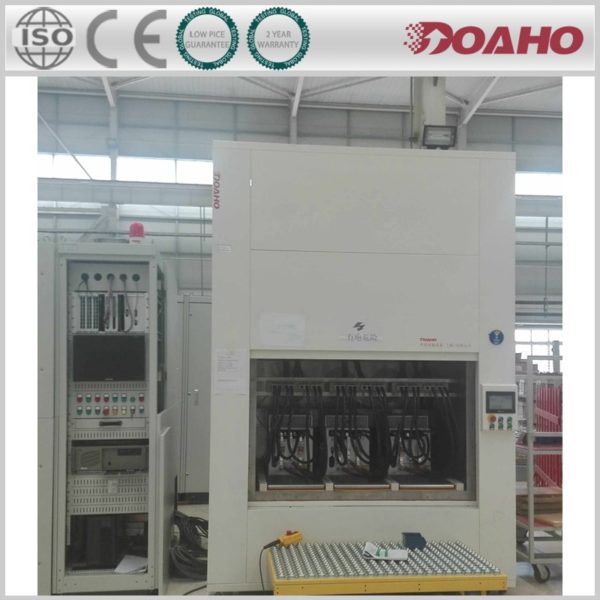With the increasing awareness of sustainable development and the increasing cost of using traditional fuel vehicles, new energy vehicles have gradually become the mainstream consumer choice in the market. In this context, the quality evaluation of new energy vehicles has become increasingly important, especially the battery system of new energy vehicles has always been a highly anticipated evaluation project. With the vigorous development of new energy vehicles, the environmental testing equipment industry has also ushered in another small wave of climax with good momentum and leverage. The temperature shock test is one of the necessary projects for the new energy vehicle battery system. Today, let’s take a look at how our DHT temperature shock test box can help us ensure the quality of the new energy vehicle battery system.
The principle of temperature shock test for new energy vehicle batteries
The temperature shock test aims to evaluate the response and performance of power battery systems in extreme environments with sudden temperature changes. The experiment simulates temperature shock situations that may be encountered in actual use by quickly transferring the battery system from one temperature extreme to another. During this period, monitor and record the temperature, voltage, current, capacity and other parameters of the battery system.
The impact of temperature shock on the battery system of new energy vehicles
Sudden changes in temperature may cause drastic changes in the physical and chemical reaction processes within the battery system. This sudden temperature shock may cause thermal expansion or contraction of battery components, leading to mechanical stress and deformation. In addition, temperature shock may also accelerate the occurrence of side reactions inside the battery, which can have adverse effects on capacity, power output, and lifespan.
Evaluation indicators for temperature shock testing of new energy vehicle battery systems
The commonly used evaluation indicators in temperature shock testing include:
Temperature response speed: Evaluate the temperature response speed and stability of the battery system during temperature shock.
Power output stability: Evaluate the power output capability and stability of the battery system during temperature shock.
Capacity loss: Measure the capacity loss of a battery system after temperature shock to evaluate its lifespan characteristics.
Safety performance: Observe the safety performance of the battery system during temperature shock, including the control of risks such as overheating and over discharge.
The Effect of Temperature Shock on the Battery System of New Energy Vehicles
The temperature shock test simulates the temperature shock that the battery system may encounter in practical use by quickly changing the ambient temperature. By conducting experiments and recording relevant data, the response and performance information of the battery system under temperature shock environments can be obtained. Analyzing the experimental results can reveal the performance stability, capacity loss, and safety performance of the battery system under temperature shock. Based on the analysis results, targeted improvements can be made to the design and control strategies of the battery system to enhance its stability and reliability under temperature shock conditions.
Temperature shock testing is crucial for evaluating the reliability and safety of battery systems. By simulating actual temperature shock environments, it is possible to better understand the response ability of battery systems under sudden temperature changes and provide accurate performance guidance for their design and application. In addition, temperature shock testing can also help improve the thermal management strategy of battery systems, enhance their durability and reliability, and ensure their stability and safety under various working conditions.


Leave a comment